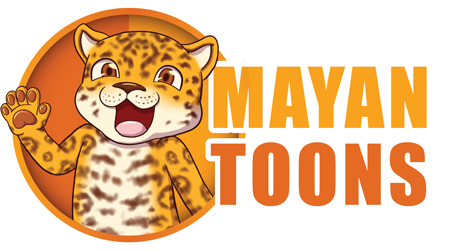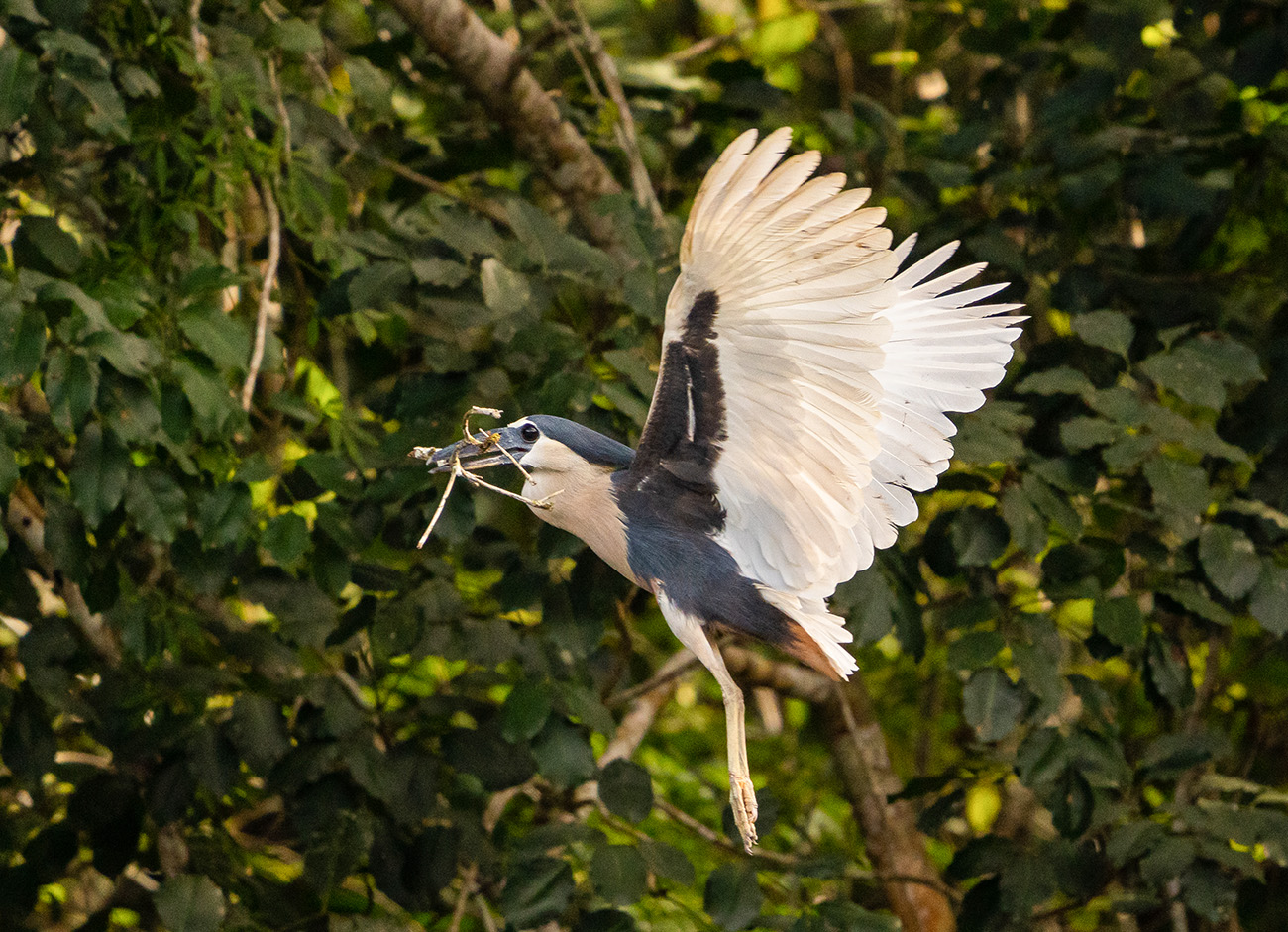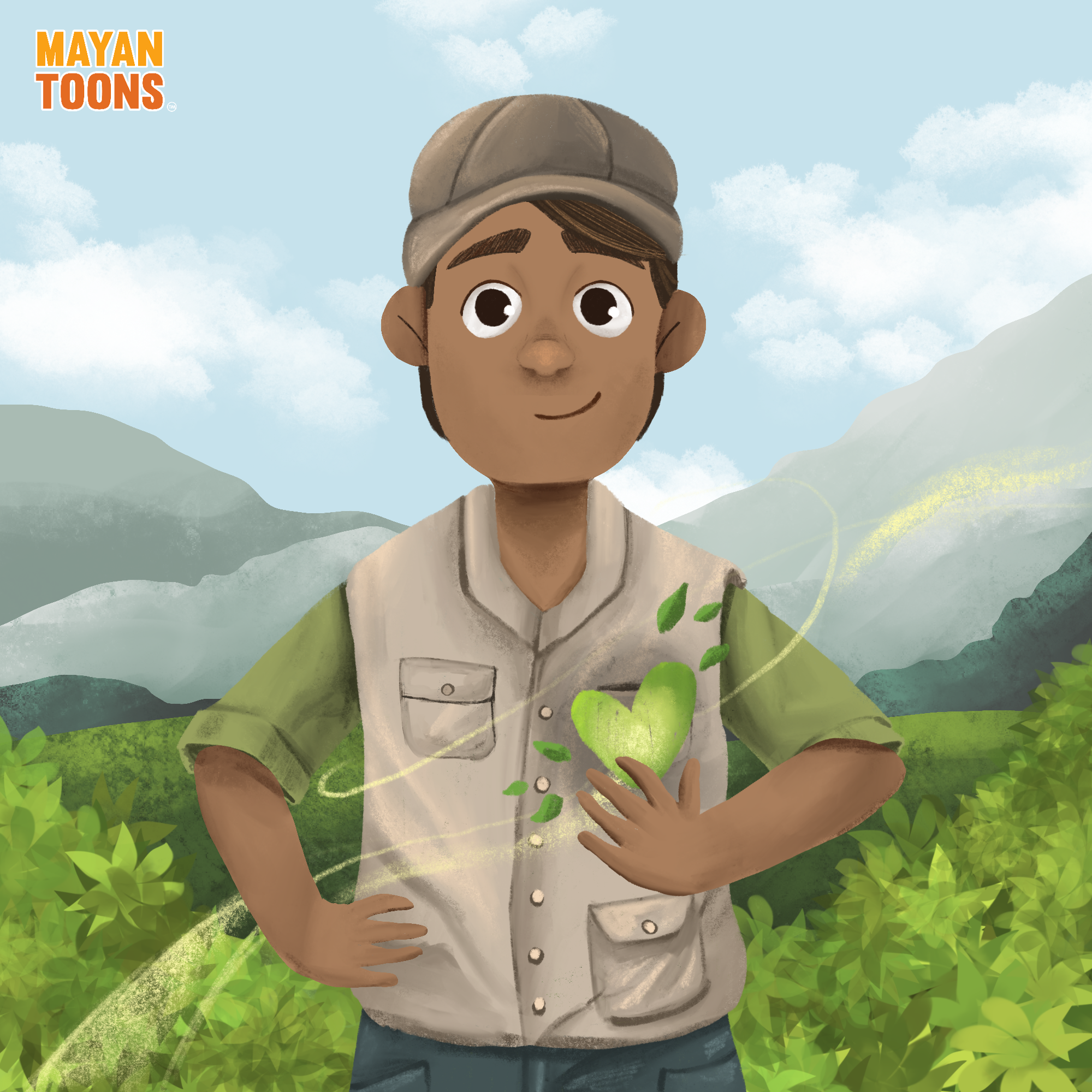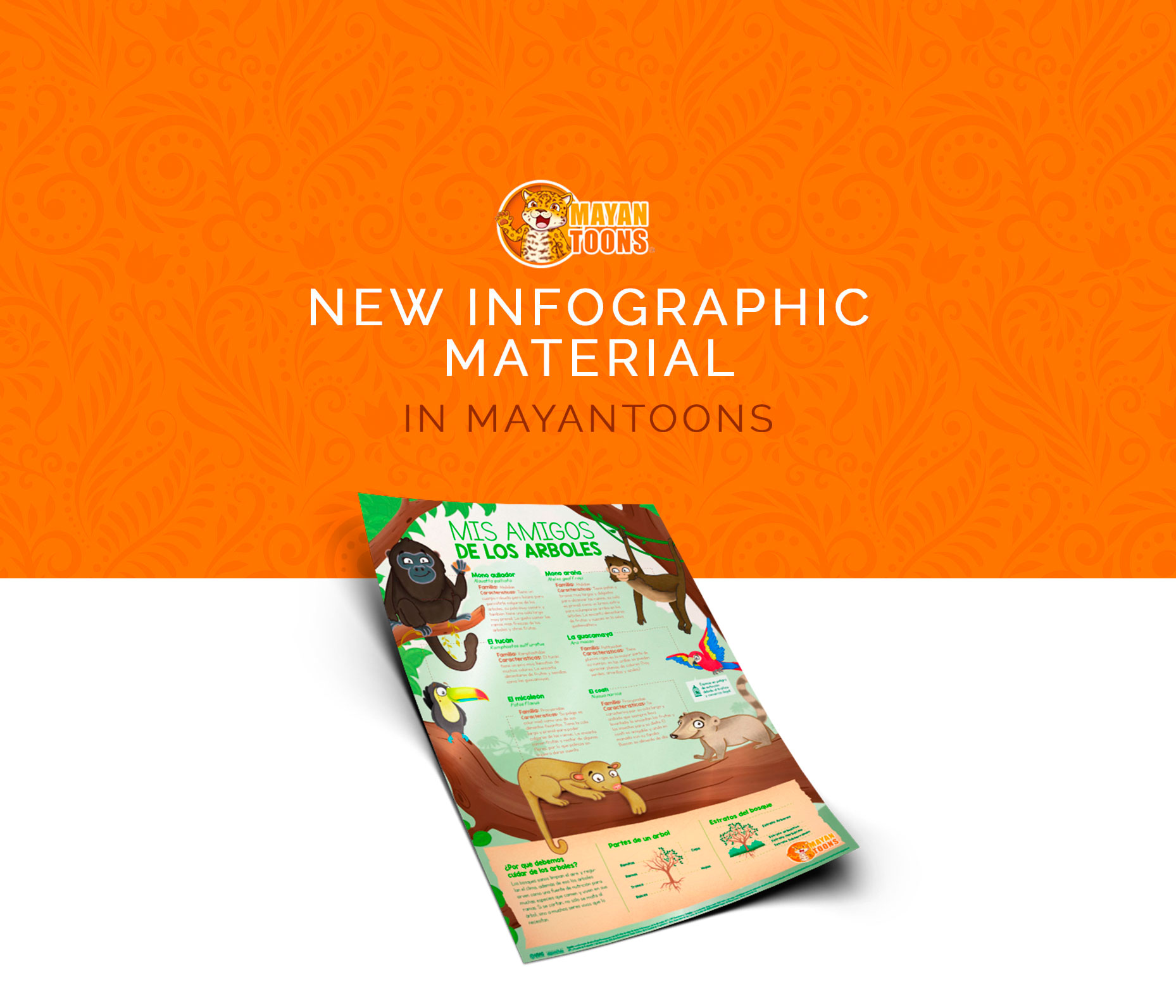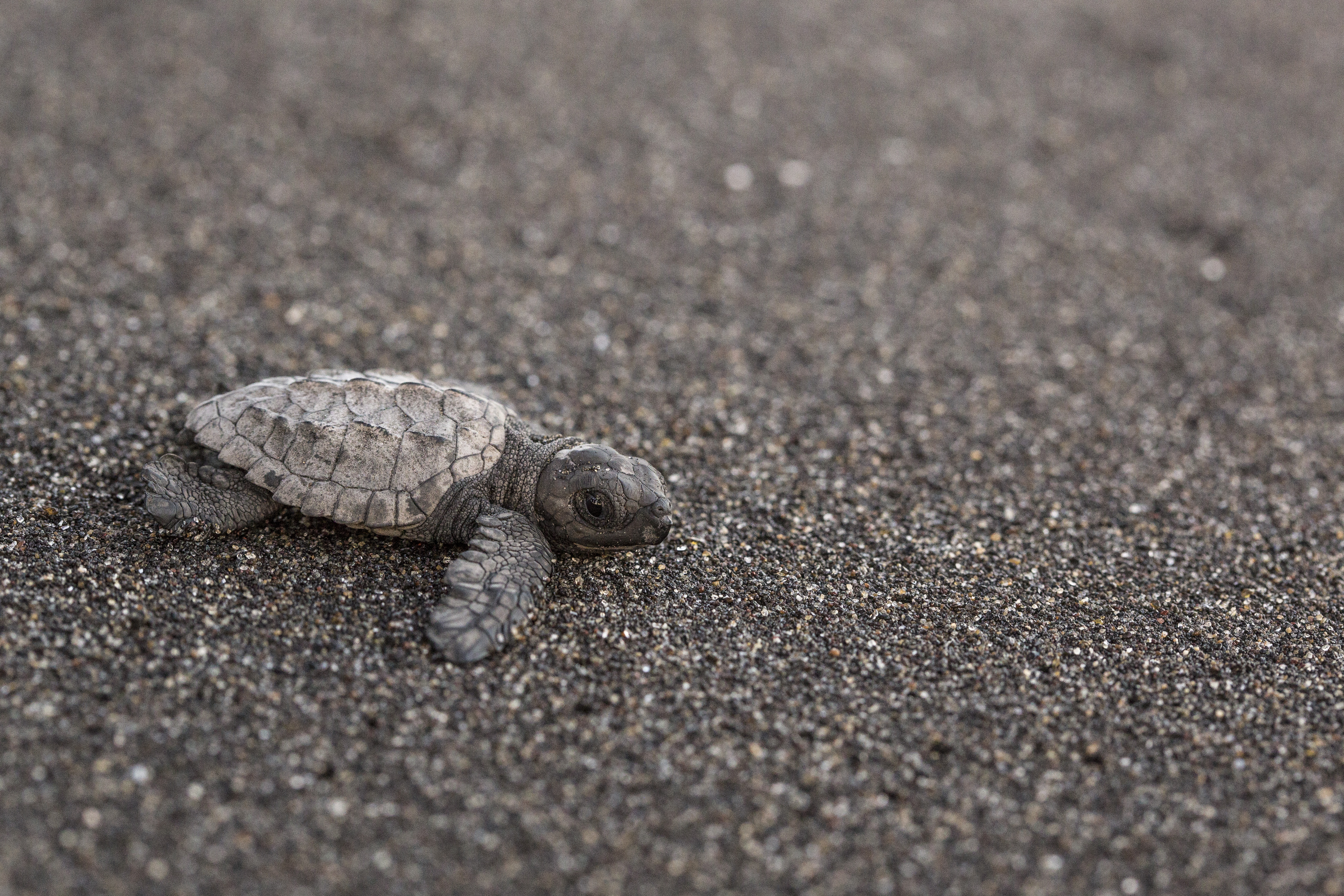Keel-billed toucan, Ramphastos sulfuratus is a logo-like symbol of the Neotropical seasonal rain forests of Mesoamerica and adjacent areas (and hence a common corporate logo)
When it came time to decide which animal we would use as a logo, I pretty much had a baby jaguar on my mind the entire time. A toucan would have been an obvious choice, since already in 1935 Guinness had it as their beer logo. Plus the keel-billed toucan is the national bird of Belize since the 1980’s. But the toucan is a logo for literally dozens, scores, probably hundreds of companies, so I decided not to have it as a logo for FLAAR Mayan cartoons.
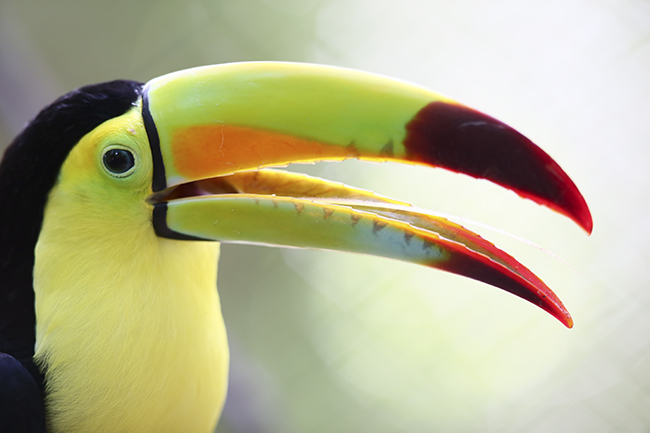
The best known species of toucans of Chiapas, Peten, Belize and other areas of Mesoamerica is the keel-billed toucan, Ramphastos sulfuratus. Most toucan logo birds are a species found in Brazil or elsewhere in South America. However in Central America, many of the toucan logos are the keel-billed personality.
But….but the toucan is still a logo of any study of flora and fauna of the Neotropical seasonal rain forests of the Mayan areas of Mesoamerica. So you can be sure that the toucan will continue to be popular, as you can see with our past and present interaction with the keel-billed toucan of the El Peten area of Guatemala, Central America.
My first experience in-person with toucans
During the 1970’s there was a local restaurant on the island of Flores, El Peten, Guatemala, which had a toucan as a live mascot.
This keel-billed toucan would never stay still; it was always hopping from one chair top to another chair top. But at least it was not locked into a cage. This is typical of toucans, they tend to hop a lot (rather than walking or flying, though they can do either).
Prior to the 1970’s, I saw toucans of various species flying around Tikal. I lived and worked at Tikal for 12 months in 1966-1967 as a student archaeologist, taking a year off from Harvard to work for the University of Pennsylvania Mayan archaeology project at Tikal.
But you don’t see toucans up-close or personal in most parks: at best they are far away. But it is nice they are free in their natural habitat. And I must admit I enjoy hearing them clack-clack away. At other times they sound like frogs.
Potential for studying toucans at AutoSafari Chapin
About six or eight months ago I finally had time to interact with toucans directly. I was told that the toucans at AutoSafari Chapin would allow you into their cage (especially if they saw their zookeeper, whom they know and trust already).
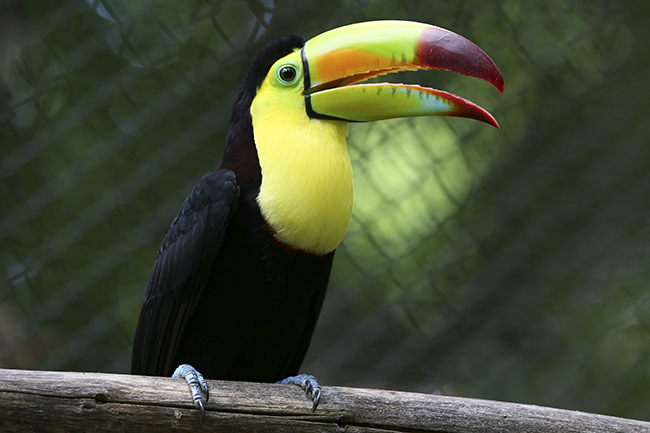
The Toucan is a very territorial creature. Their beak has little teeth, like a saw. They use them to eat insects and fruits, also little lizards and other bird’s eggs.
So I stepped into the large cage. Of course most of the toucans flew to higher perches to feel safe, but one toucan came below to deliver a clear message: “this is our territory, and if you enter here, obey our rules.”
I estimate this was the Alpha Male who was delivering this message. His message was all body movements (not much sound at all). Up and down, up and down. Clearly this is an automatic “dance” that toucans do in this or comparable situations.
So in late August 2015 I returned. I now realized the toucans were peaceful and I figured that if I accepted their up-and-down-dance message, and if I did not attempt to play a role as an Alpha Male myself, that soon the birds would accept my presence.
So first I stood still in the cage for about 15 to 20 minutes. The Alpha Male did the routine dance. After a while some of the birds got bored, and one got curious. He hopped down to the floor to inspect my hiking shoes. Fortunately I had turned my soles since he really hit hard with his beak. Clearly he was trying to see if he could break off the sole and test the piece for edibility!
Fortunately this toucan was not as rough with me while trying to destroy my shoes as a jaguar cub was with my pants pocket several days later.
I then decided to “wait it out” so that more of the toucans would come over to say hello. So I sat down next to their food tray (of cantaloupe). And yes, within about 5 minutes, the curious toucan hopped over, first to the nearby water bowl. Once the toucan noticed that I was not going to attack it at the water bowl, the bird hopped over to the food tray.
I was nervous how hard the toucan would peck my fingers, since he or she hit hard on the soles of my hiking shoes. Nonetheless I held out an edible-size piece of cantaloupe on my finger tips. Now the bird had even more interest, but not in the fruit, but in my yummy looking finger tips!
So the toucan would peck at the fruit, and then throw it away. His goal was to clear my hand so he could inspect my finger tips… with his giant beak!
To my total surprise, the toucan was super gentle. Never once did he use his jaws full power on my finger tips. This documents that just as jaguars will play with their claws tucked inside their paws, that toucans will explore your body parts without pecking too hard (it seems to have experience that a shoe sole requires a much harder bite!).
I should mention that toucans are NOT only fruit eaters
Many informed sources, both monographs, books for birdwatchers, and journal articles, mention that the Keel-billed toucan will “also consume the eggs or fledglings of other birds, insects, small lizards and tree frogs”(http://animaldiversity.org/accounts/Ramphastos_sulfuratus/citing several bird-watcher books and other articles).
Yikes, all my childhood images of friendly, frooty, toucans are destroyed. Worse, the toucan may even EAT OTHER BIRDS. This makes it sound like our own carnivorous ancestors!
Fortunately, the inquisitive toucan at AutoSafari Chapin did not try to swallow my finger tips.
I would categorize toucans as territorial, inquisitive, rather impatient, and potentially playful. It would be nice to learn more about this bird species mating for life, like scarlet macaws. Would make the toucan a good reference for faithful marriage ethics. In general I find toucans a great emblem of the Neotropical forests (you can see why it is the National Bird of Belize).
Just that most children (and their parents) do not realize that toucans occasionally eat meat (and may even hunt the creatures they gobble down). But to keep the fruity image of the toucan, I fed it only cantaloupe!
It is not helpful to buy birds looted from the forests
The illegal bird hunter may have chopped down a tree to get at the baby toucan nest. By destroying the tree some of the babies may have been injured or smashed.
By rewarding the bird thief, you encourage him to go back to the rain forests and chop down more trees and steal more babies from the parent birds.
It would also be good to study the other “toucans”
The Collared Araucaria (Pteroglossus torquatus) and Emerald Toucanet (Aulacorhynchus prasinus) are two other members of the Family Ramphastidae in Guatemala. But the keel-billed toucan gets most of the attention due to its larger size and brighter colors.
Most of the toucans used as logos around the world are the toucan from Brazil. This is the most popular “logo bird” since its colors are the best known. I much prefer the toucan of the El Peten rain forests and adjacent Chiapas on the west and Belize on the right.
The present stage of our storyboards is featuring mammals of the treetops. However we will also be studying the birds and other creatures who also live or feed in treetops.
In addition to learning about birds and mammals, we specialize in studying utilitarian plants, used by the Maya for thousands of years. One of our goals is to recreate, in drawings, what the ancient Mayan fields and forests could have looked like a thousand years ago.
We would also like to “recreate”, to rebuild, a thousand year old Maya settlement to show all the utilitarian plants in addition to maize, beans, and squash. Such an ethnobotanical garden could provide jobs for local Mayan people.
